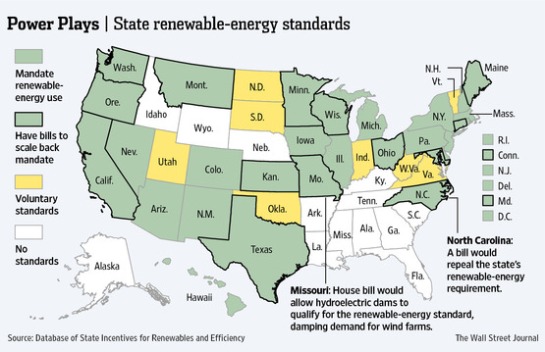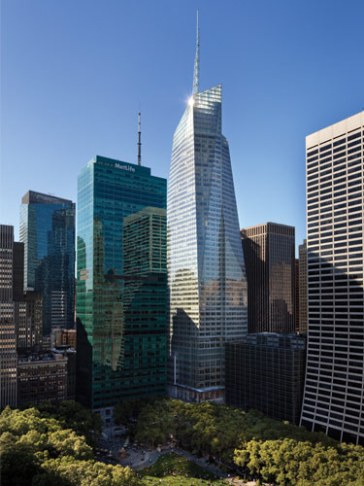With the on-going political gridlock in Washington, the focus of clean energy policy has shifted to state level. A total of 29 states and Washington DC now have renewable standards and another 8 have set renewable energy goals. The standards require electric utility companies to produce some of their power from renewable sources. These have put an obligation on companies to reach a set target, and when the goals are voluntary, some states often use incentives to ensure these are met.

Residents have already seen benefits from these standards. Not onlyare they now seen as an effective way to lower carbon emissions and improve public health, but they also are helping to create local clean energy economies. For example, in 2012 nearly 195,000 people worked in the solar and wind industries. In some states this impact is larger than others. For example, in Texas there are now more people who work in the solar industry than who are ranchers.
With this also comes greater investment in the economy. In fact over the past decade $100 billion has been invested as a result of renewable energy standards. Unsurprisingly, this means that they have attracted the support of business and industry.
Farmers have also benefitted from renewable energy development. This is largelybecause they receive royalties from having wind turbines on their farms. These are not only an important source of income but as many renewable energy projectspay taxes, they help to support the local community as well.
These benefits now mean that state renewable energy laws are increasingly hard to repeal. Over the past year there has been a big push from conservative groups such as ALEC (American Legislative Exchange Council) and the Heartland Institute to weaken/repeal these laws. However, they have been unsuccessful; in the 13 states where they attempted to do so, not one bill was passed.
One example of where this occurred was in Kansas. Here a bill delaying renewable energy requirements failed in the House committee. This is mainly because local manufacturers of wind turbines joined farmers in the opposition of the bill. This support among different interest groups means that even Republican strongholds like Kansas are more supportive of renewable energy than before.
There is still some way to go before renewable energy gets the same kind of national support. This is partly because it is still quite small economically: it provided just 5% of the nation’s electricity in 2012. However, this is growing fast. State level standards are expected to add 76,750 megawatts of new renewable power capacity by 2025, which is enough to power 47 million homes.
This means that hopefully more people and interest groups will be in favour of these laws and there will be more opportunity to enact meaningful change.

